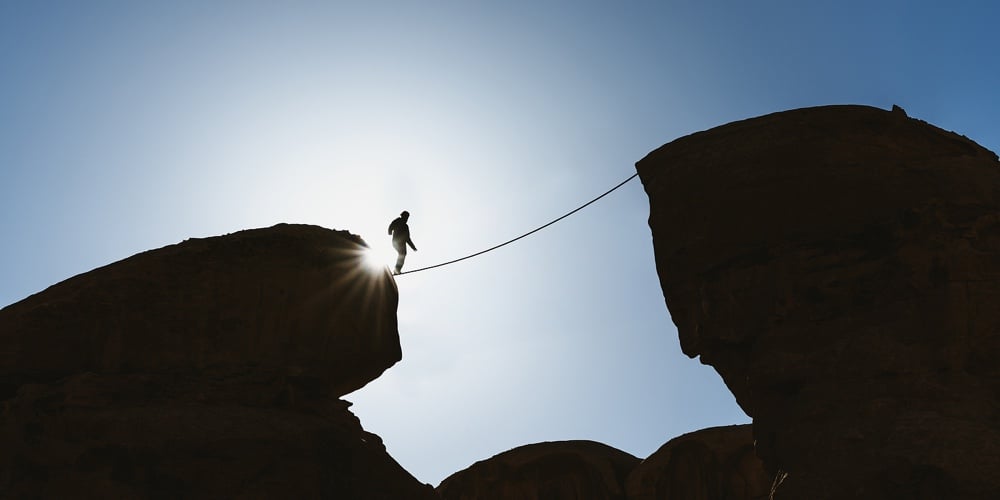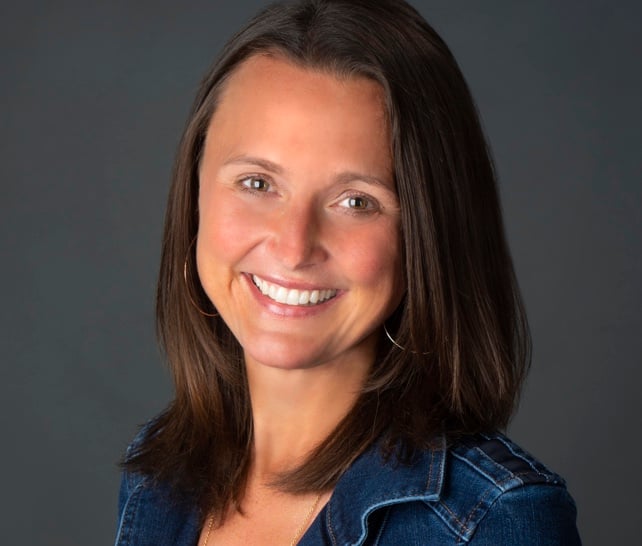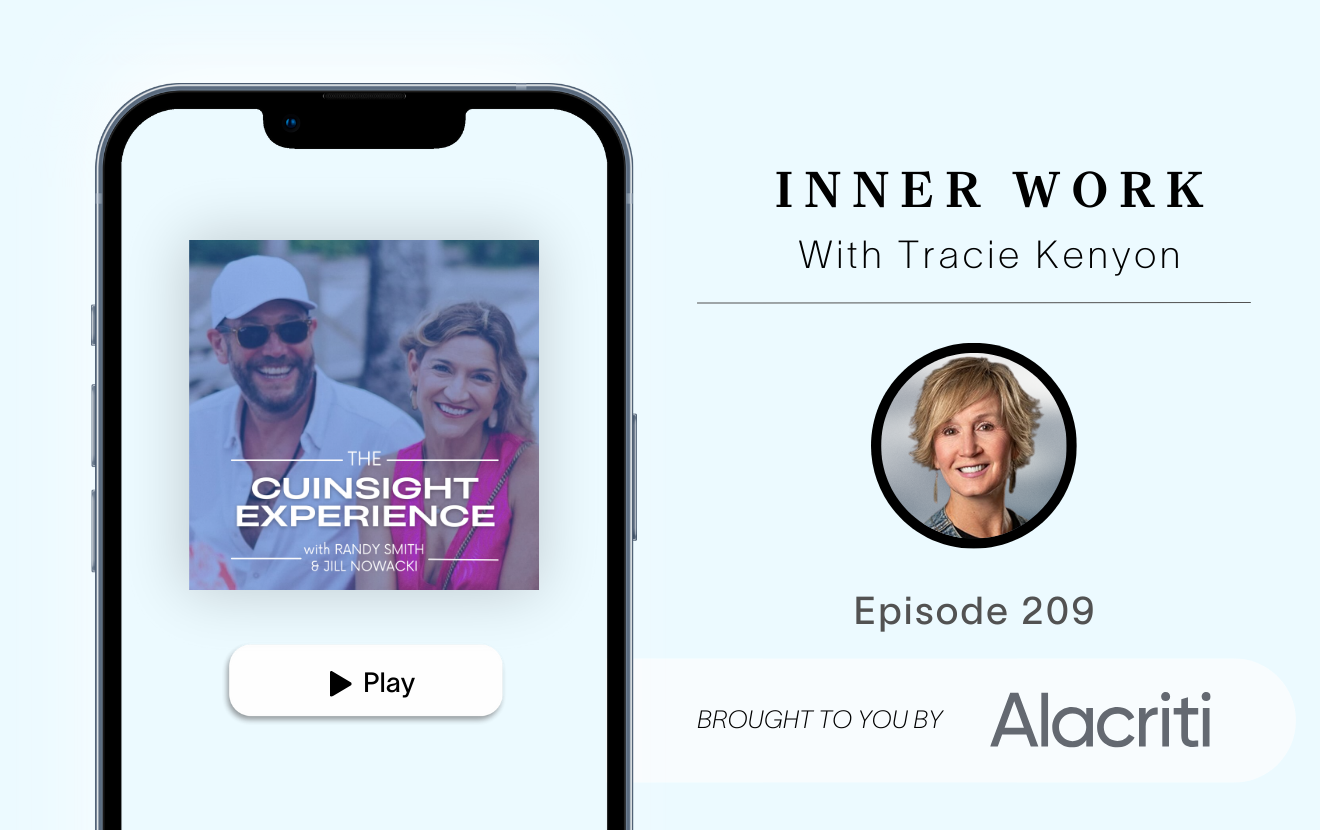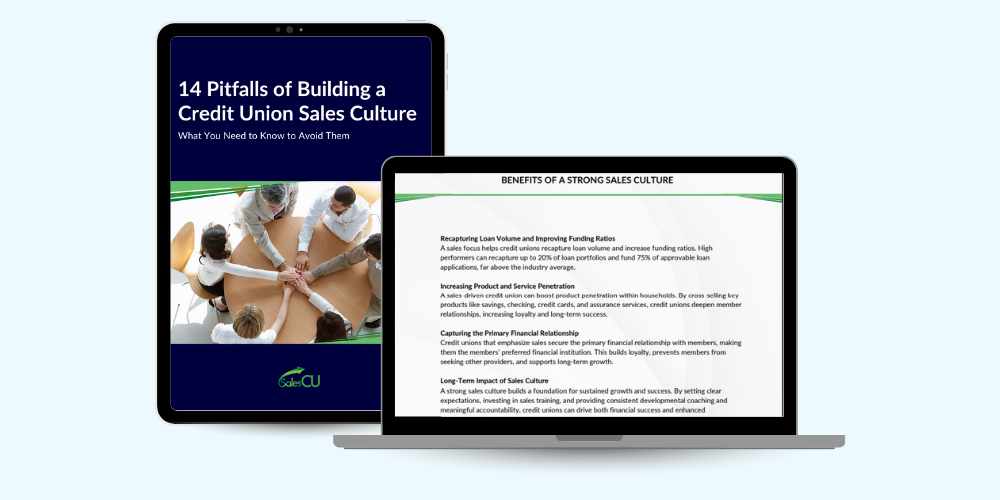As parents, one of our biggest goals is to ensure that our daughter MacKenzie grows up to be a brave human. Her father, Scott, identified bravery as foundational. Reflecting on her summer, I can see his influence and her bravery coming to life. As a 13-year-old, she spent a week at Avid4Adventure hiking and camping with a group of other rising eighth graders, without her cell phone, without any friends, and as the only female camper. She went to two track camps and a lacrosse camp. She volunteered at First Step, an organization focused on support for those impacted by domestic and sexual violence. This last weekend, she went to Cedar Point and rode roller coasters for two days in a row. She takes on adventures, spends time with different people, tries new things, and relishes novel experiences.
On Monday of this week, our Community Financial Credit Union leadership team spent time with Amy Andrews McMaster, founder of Chief Soul Officer. I first met Amy during my time at Canvas Credit Union. She is a Certified Dare to Lead™ Facilitator with Brené Brown Education and Research Group, and as a leadership and culture consultant and executive coach, Amy lights up a room. Her opening slide defined brave as an adjective: having or showing mental or moral strength to face danger, fear, or difficulty, and as a verb: to face or endure with courage.
Inviting a group of leaders to talk about brave conversations at a financial institution can be risky. Many in the room would feel vastly more comfortable with a speaker exploring this unusual economic time, unpacking the risks and possibilities of artificial intelligence, or even building a strategy to better tackle interest rate risk. One of Amy’s slides, which displayed the “emotion wheel,” definitely caused some palm sweating in the room.
Building a brave organization means discussing, engaging with, and spending time on what Community Financial Credit Union calls “power skills.” What used to be considered “soft skills” must be elevated as “power skills” because as our organizations grow and scale, we have more human beings in our organizations. With more human beings, investing in how we work together and shape the future of work ultimately drives more robust business results. In “Your Company Needs Brave People. Be One of Them,” Warrell warns, “If your business does not actively nurture courage and reward brave employees, you could be missing out big time - paying an ‘invisible tax’ from the fear that stymies candor and undermines decision making.”
As with so much in life, bravery grows over time and has incredible power when practiced. According to Reardon’s “Courage as a Skill,” published by Harvard Business Review, “In the end, courage in business rests on priorities that serve a personal, an organizational, or a societal philosophy. When this philosophy is bolstered by clear, obtainable primary and secondary goals, an evaluation of their importance, a favorable power base, a careful assessment of risks versus benefits, appropriate timing, and well-developed contingency plans, managers are better empowered to make bold moves that serve their organizations, their careers, and their own sense of personal worth.”
In “Courage as a Corporate Value: The Role of Corporate Social Responsibility,” published by the Indianapolis Business Journal, we see the spectrum of possibilities of bravery coming to life: “Courage not only makes corporate values real, but they inherently speak to a better future possibility—the better team, the better customer experience, the improved behavior in the scenarios mentioned above.” In a complex world changing more rapidly than ever, it takes both curiosity and bravery to act daily.
Here are six steps to grow bravery within your credit union:
- Invest in people & build relationships:According to McKinsey Global Institute’s “Performance through people: Transforming human capital into competitive advantage” by Madgavkar, Schaninger, Maor, White, Smit, Samandari, Woetzel, Carlin, and Chockalingam, “Companies that build human capital are more consistent and resilient performers and are better at attracting and retaining talent.” While the data supporting human capital investment has grown and continues to show resoundingly that business results compound when we put people first, doing so takes investment, time, and consistency. At Community Financial, we’ve made the bold statement in our strategy to “put humans first and become an example of the workplace of the future.” We also carve out time like we did this week to ensure we connect. The content of these meetings matters. The conversations around the epic crunchy chips enjoyed over a stretch break matter as well.
- Elevate emotional intelligence:According to The World Economic Forum’s The Future of Jobs Report 2020, “emotional intelligence” will be among the top 15 skills needed for work in 2025. Amy Andrews McMaster shared with our team on Monday that this includes four important focuses: self-awareness, self-regulation, empathy, and social skills. As we grow leaders, we must ensure our development paths focus on enhancing emotional intelligence within our organizations and prioritizing it in the same way we elevate financial acumen.
- Stay curious:Curiosity fuels creativity and supercharges interpersonal connections. A quote often attributed to Stephen Covey or Viktor Frankl states, “Between stimulus and response, there is a space. In that space, is our power to choose our response. In our response lies our growth and our freedom.” When we notice our response and begin with curiosity, we can learn more about those we work with and ourselves. It can also slow anger-fueled reactions.
- Grow vulnerability:As leaders, we create even stronger human-first organizations and invite people to feel belonging when we show up as our whole selves. While leaders must demonstrate polish and care, sharing our challenges within boundaries allows team members to see our humanity. Unveiling vulnerability grows vulnerability. Taking a risk to step into sharing more of yourself requires courage, and courage is fueled by modeling. What might you share with your team that will allow them to see your humanity?
- Activate & integrate tools:When I joined the Community Financial Credit Union team in 2022, we integrated the Big 5 into our leadership team and spread this tool across our team. There were skeptics. They said, “We’ve used other tools before, Tansley. What will be different about this?” Our eTeam came together and committed that this would not be something we used “once” and forget. We’ve stayed true to that promise. We had an internal team member certified in the methodology. We have teams across the organization resurfacing the tool and integrating it into team meetings and development plans. Our Board is also about to take and learn more about the Big 5. This is not an activity we do; the Big 5 has become a part of who we are. Tools on their own mean very little. Tools activated build cohesion, create shared understanding, and make challenging situations more manageable.
- Inspire hope and bold possibilities:Navigating a highly regulated environment in one of the most unusual economic environments in recent history, with increased and growing consumer demand and transformational technology evolving daily, in a world changing faster by the minute can feel exhilarating and, for many, isolating and extremely daunting. The cushions of care and strong relationships you build, married with a vision for the impactful change your organization can create, will create wings that will embolden your team to action and fuel them to live up to the promise of credit unions.
The promise of potential transitions to results powerfully. I see this when I watch MacKenzie clearing hurdles not once, not twice, but repeatedly to enhance her form and grow muscle memory. I saw it in our team as they listened to Amy Andrews McMaster talk about emotional intelligence, activated what they learned, and bravely leaned into having clear and brave conversations. I see it in our team as they elevate bold new ideas grounded in human need and hear the remarkable impact coming to life for our members.
Tremendous potential percolates in credit unions across our country. People need financial cooperatives more than ever. To meet and exceed that potential will require a human-first approach within our organizations. It will necessitate brave approaches and creative courage to live in the messy space our imperfections bring to life. Those like MacKenzie with the audacity to come back and ride another roller coaster, to have another tough conversation, to try a new approach after the last one failed, and to put human beings first when the spreadsheet feels lots simpler prove that a valiant commitment to people leads to stronger outcomes and builds resiliency that lasts for years to come.
How will you show up bravely for your team today?







